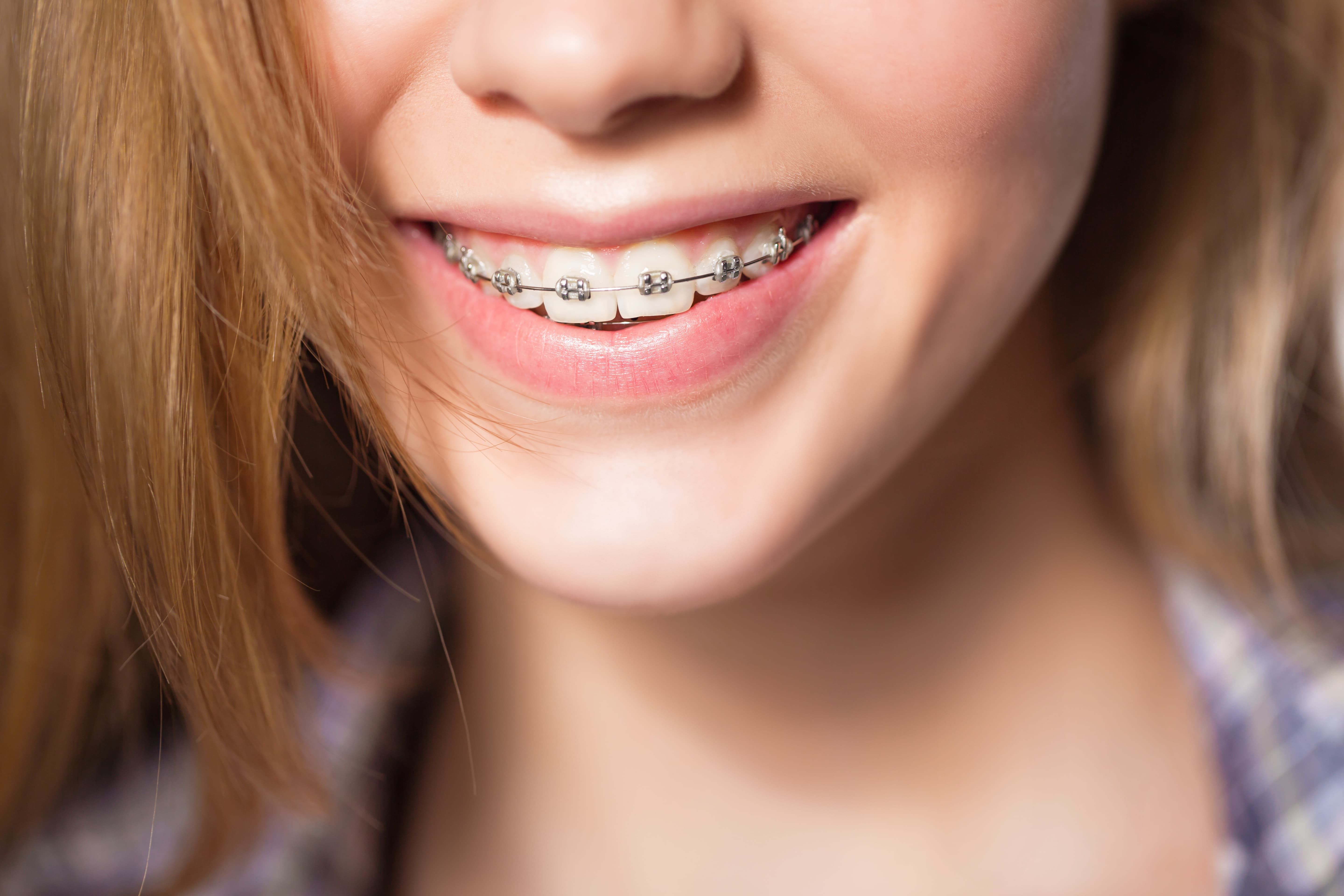Smile Styling: How to Make the Best Choice When Selecting Braces
Achieving a confident and radiant smile is a goal that many people aspire to. Selecting the right braces Auckland plays a crucial role in this journey. Whether you're considering braces for yourself or a loved one, it's important to understand the options available and make an informed decision.
This blog aims to address common concerns and fears related to getting braces while providing supportive and informative guidance.
Understanding Your Options
When it comes to selecting braces, there are various options to consider. Traditional metal braces, ceramic braces, lingual braces, and clear aligners are among the choices available. Each type has its own set of advantages and considerations. For example, traditional metal braces are known for their durability and effectiveness in correcting complex orthodontic issues. On the other hand, ceramic braces offer a more discreet appearance due to their tooth-colored brackets. Lingual braces, which are placed on the back of the teeth, provide a nearly invisible treatment option. Clear aligners, such as Invisalign, are popular for their removable and almost invisible nature.
Check out - Best Braces Doctor

Real-life examples and testimonials can provide valuable insights into the differences between these options. For instance, individuals who have used clear aligners may share their experiences with the convenience of removing the aligners for eating and cleaning, while those with traditional metal braces may highlight their effectiveness in addressing severe misalignments.
Factors to Consider
Several factors should influence your decision when selecting braces. Cost, treatment duration, aesthetics, and lifestyle impact are important considerations. Traditional metal braces are often the most cost-effective option, while clear aligners may require a higher investment. Treatment duration varies for each type of braces, with some options offering shorter treatment times than others. Aesthetics play a significant role for many individuals, particularly adults and older teens who may prefer less noticeable braces. Additionally, the impact on daily activities, such as eating and oral hygiene practices, should be taken into account.
Consulting with a qualified orthodontist is crucial for personalized advice. Orthodontists can assess your specific orthodontic needs and lifestyle considerations to recommend the most suitable treatment option. Their expertise helps ensure that the chosen braces align with your goals and expectations.
The Decision-Making Process
Approaching the decision-making process for selecting braces Auckland requires careful consideration and realistic expectations. A step-by-step guide can help individuals navigate this decision with confidence. It's important to understand the commitment involved in orthodontic treatment, including regular appointments for adjustments and adhering to recommended oral care practices.
Setting realistic expectations involves recognizing that orthodontic treatment is a process that requires time and patience. The journey towards a confident smile involves gradual progress, and understanding this can help individuals stay motivated throughout their treatment.
Addressing Common Concerns
Common concerns related to wearing braces often revolve around discomfort, maintenance, and the social impact of orthodontic treatment. Addressing these concerns can help alleviate fears and uncertainties. For example, discussing strategies for managing discomfort during the initial adjustment period and providing tips for maintaining oral hygiene with braces can empower individuals to feel more confident about their decision.
Conclusion
Selecting the best braces Auckland for a confident smile is a significant decision that can positively impact one's oral health and self-confidence. By considering the options available, consulting with a qualified orthodontist, and addressing common concerns, individuals can make informed choices that align with their unique needs and preferences. It's essential to take proactive steps in seeking professional guidance and ensuring that the chosen braces contribute to a successful orthodontic journey.
Comments
Post a Comment